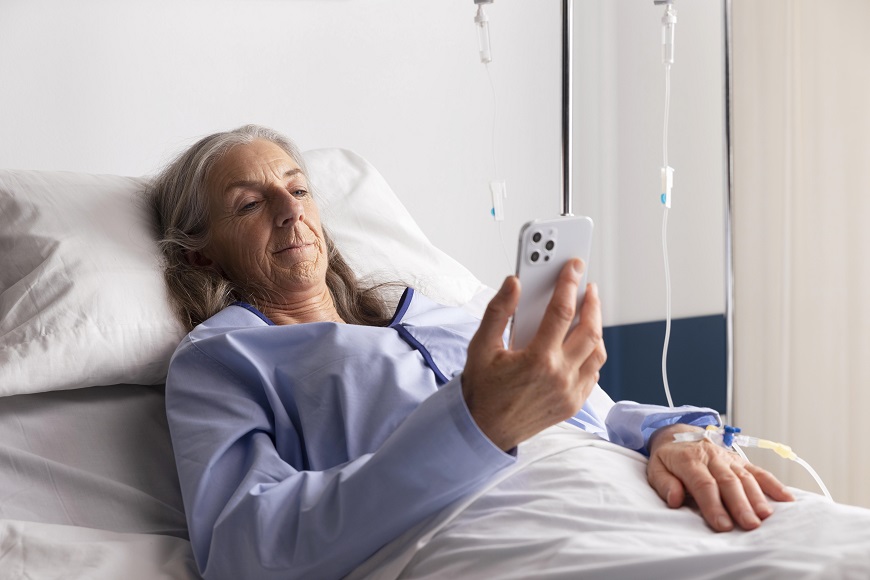Treatment and adequate health care are applied to both acute and chronic diseases, and when the patient's health condition and appropriate therapy are taken into account, patient care is approached with due care.
Patient positions in bed depend on the patient's medical condition. The mobility of the patient is one of the criteria based on which it is assessed in which position the patient should lie, and he can take three types of positions: active, passive and forced.
The patient assumes an active position independently and without much effort, and in most situations the help of a professional is not required. The patient can change this position as it suits him, according to his mood.
The passive position is occupied by seriously ill patients who are physically exhausted to a great extent and cannot move independently, so they need the help of nurses or caregivers who will take care of them adequately.
Patients who occupy a forced position are considered to be among the most at risk because there is a greater risk of developing complications because they spend time in the same position, which only to a certain extent makes their condition tolerable.
The most common natural positions
Affected patients can occupy different positions, and some of the most common are: Fowler's, orthopneic, Trendelenburg's, then Quinke's, Coleman's, colenolactal and abdominal pain positions.
- Fowler's position can be sitting or semi-sitting and is adapted to patients who have difficulty breathing in the supine position. For patients who have extremely difficult breathing and suffer from bronchial asthma as well as heart decompensation, the orthopnoic position is adequate.
- The Trandelenburg position is characterized by an oblique position, the head is lower than the extremities, and blood flow is increased to the central nervous system and vital organs such as the heart and lungs..
- In the case of respiratory diseases where there is a large amount of secretion in the basal parts of the lungs, Quincke's napping position is used. If the patient is unconscious, then the patient's position should be Coleman's..
- There is also the knee-lactal position, when the patient can lean on the knees and elbows, and when the patient lies with the knees drawn to the chest, this is the position for pain in the abdominal cavity.
Turning the patient in bed
Home care of the sick includes helping and caring for immobile persons, dressing and helping patients to get dressed, maintaining bed hygiene, then moving the person in bed, which is necessary for semi-mobile and immobile people.
The patient moves in bed towards the upper edge of the bed or towards the left or right side of the bed. If necessary, gloves are used to remove dirty linens that need to be replaced with clean ones, and there is a difference in how immobile patients are treated compared to those who are not.
- Moving and turning the patient in bed is important because there is a risk that patients who do not move and spend time in the same lying position will get decubitus, that is, wounds that occur at certain pressure points, usually due to lying down. The patient's bed occupies an important place in the prevention of decubitus, and if possible, the patient should be turned at an interval of 1-2 hours and use means that reduce the duration of pressure in one place and without moving the patient himself.
- Moving an immobile patient in bed is a particularly sensitive category in treatment and this part of care should be left to professionals so that patients are cared for as they deserve, and this will be best taken care of by professional staff with many years of experience in working with old and sick people.
The Eliksir Center is an institution that specializes in the provision of health care services, and its mission is to help users by professionals while respecting the dignity and needs of users of health care services.
How to Contact Us?
For more information about our services or if you have any questions, feel free to visit our CONTACT page and get in touch with us. We’re here to help!
